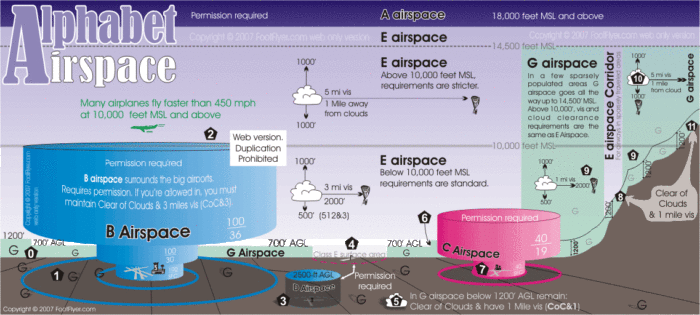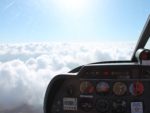Part of flight planning is a thorough weather consultation which can be done online via the online portal of the Met Office as you find there all information necessary for your flight. Your focus should lie on the wind at ground level for take-off and landing but also wind in the air because it is needed for fuel calculation. With headwind, a smaller, lighter aircraft is slower and needs therefore more time to travel the same distances which leads to higher overall fuel consumption. Same holds for their large airline counterparts.
For a sightseeing flight it is less important, but the view should be clear, because who wants to go on a sightseeing flight with low visibility?! There is certain flight criteria which needs to be met, depending on the airspace you are in. In principle, an aircraft has to be free of any clouds on a VFR flight and needs a clear visibility for 1,5 km or rather 5 km. This is important for your own safety and also helps to identify other aircrafts in the same airspace. Those rules do not apply to all air spaces but are usually just subject to minor variations depending on the country.
For cross-country flights a more thorough planning is definitely necessary and recommended, because the pilot also wants to return, so the weather conditions have to hold for the inbound fly as well. When planning, for example, a weekend trip to the North Sea, weather conditions can be perfect on the Friday with no clouds and wind and therefore perfect for a VFR flight. That can quickly change. On the Sunday, unfortunately, it could be the complete opposite with low clouds, heavy rain and strong wind. Under these conditions, the flight back is simply not possible.
Same could happen while in the air. During take-off conditions can be perfect, but then, suddenly, an orographic lift occurs together with bad weather especially possible close to smaller or larger mountain ranges. Now, the pilot has two possible options to choose from: First, look for the closest airfield and land there and second, try to avoid the bad weather and fly around that area and then approach his home base from a different angle. Since a detour takes more time and therefore more fuel, the pilot has to re-calculate, while in the air, whether he can make it back or not. He can rely on the weather stations on the ground which he can contact by radio. Weather stations can provide the pilot with all necessary up-to-date weather data. Certainly, that is also possible via the internet, given a good connection in the air.

Don’t worry, no pilot will board his plane without making sure that he will land safe and sound at his destination. Times have changed, where flying once was an adventure with no certainty, thanks to modern technology, we have all the necessary data and tools to ensure safe and pleasant flights.
Written by David Strasmann

Leave A Reply